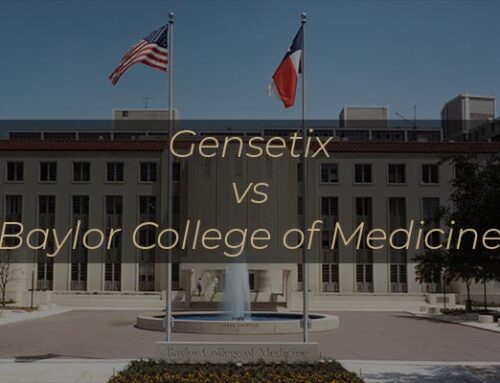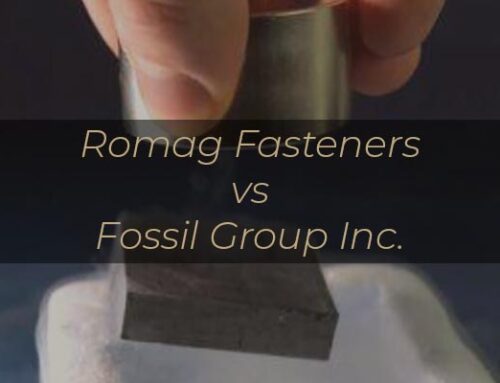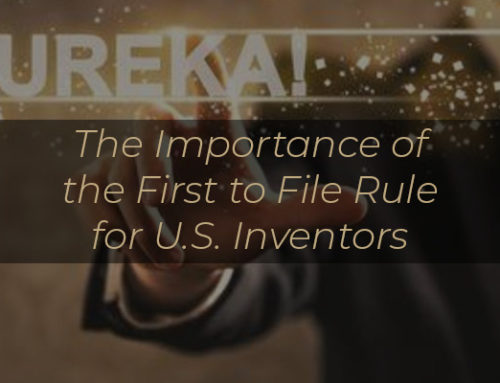Section 287(a) of the Patent Act indicates that a patent owner “may” mark patent articles with notice that the product is patented. However, in the event the patent owner does not mark, no damages can be recovered by the patent owner against an infringer except on proof that the infringer was notified of infringement and continued to infringe thereafter.
In the case of Arctic Cat Inc. v. Bombardier Recreational Products Inc., 2019-1080 (Fed. Cir. February 19, 2020), the Court of Appeals for the Federal Circuit considered conduct of a patentee’s licensee in relation to the patent marking requirement. In Arctic Cat, Arctic Cat conceded that one of its licensees, Honda, had not marked its products (as being covered by Arctic Cat’s patents).
Arctic Cat argued that Section 287 did not apply after the time that its licensee (Honda) stopped selling unmarked products, which cessation of sales occurred before its lawsuit against Bombardier. The Federal Circuit reiterated that a patentee’s licensees must comply with Section 287. The Federal Circuit noted that the patentee’s obligation to mark arises when its licensees begin selling products, and the cessation of sales of unmarked products does not fulfill the patentee’s notice obligations under Section 287 or remote the notice requirement of Section 287.
In addition, while Bombardier had been found to be a willful infringer, the Federal Circuit noted that an indicates that an infringer knew of a patent and its infringement, does not serve as actual notice as contemplated by Section 287 – wherein Section 287 does not relate to knowledge of the infringer but conduct of the patentee.
In view of this decision, patentees should be even more vigilant that their licensees are required to mark covered products and are doing so. Patentees should carefully review compliance with marking before filing any suit for infringement and should affirmatively plead compliance with Section 287. Defendants to patent infringement claims should consider early discovery on the issue of marking and may consider a motion to dismiss if it appears that the plaintiff can’t prove compliance with Section 287.








